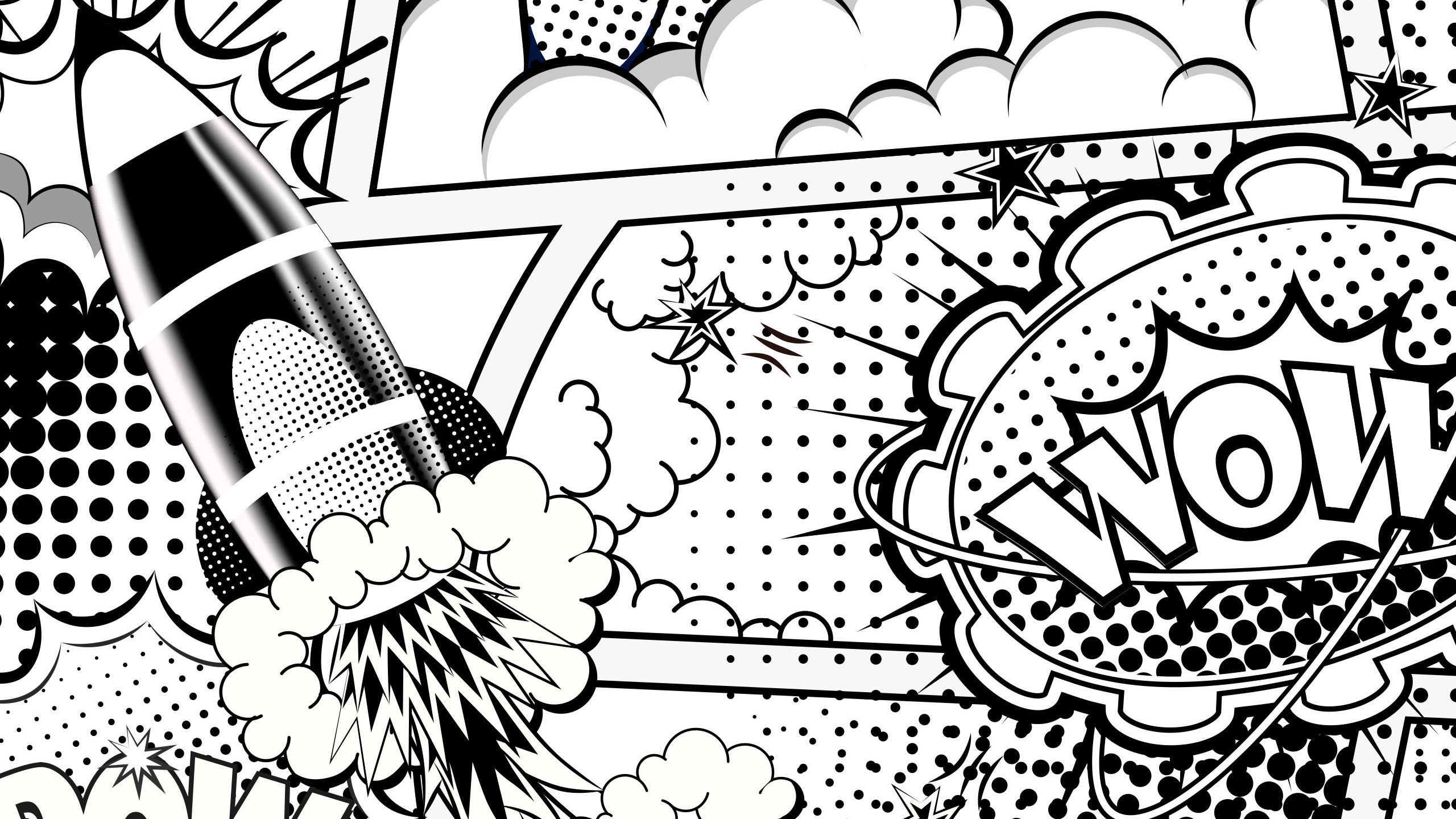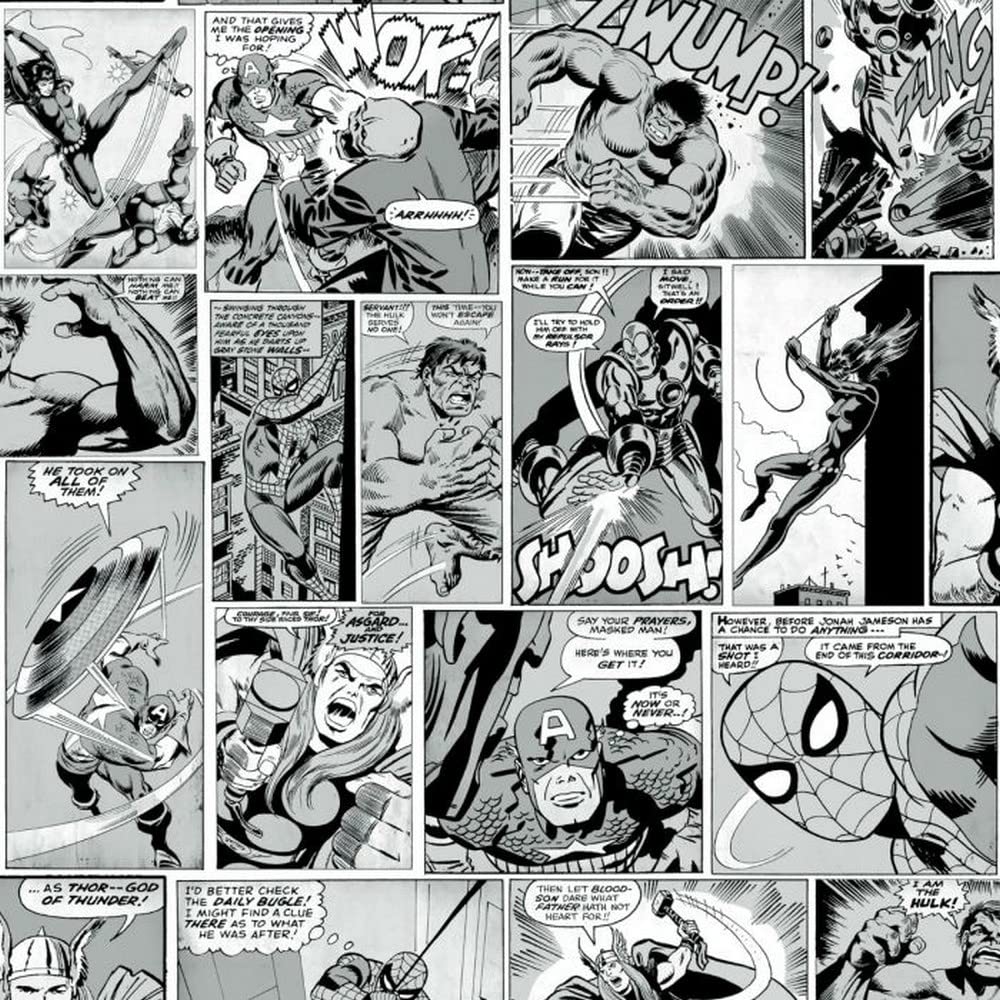Smart Ways to Enhance Your Black and White Comics by 2025
Black and white comics have captivated audiences for decades, showcasing artistic expression through the use of minimal color palettes. In today’s fast-evolving graphic arts landscape, there are numerous innovative techniques and trends emerging that can help artists elevate their black and white graphic novels for the future. This article explores unique strategies to enhance black and white comics and comic art effectively as we life through 2025.
The Significance of Monochrome in Comics
Monochrome comics, especially **black and white comic strips** and graphic novels, hold a distinct place in the comic world. The absence of color creates a focused atmosphere that enhances narrative depth. **Black and white visual storytelling** allows artists to concentrate on elements like line work, shading, and texture, thus elevating the readers’ emotional connection to the story. Whether it’s the haunting atmosphere depicted in classic black and white comics or the sharp contrasting visuals in **black and white manga**, monochrome art encourages creativity and innovative storytelling techniques that transcend the limitations of color.
Embracing Unique Art Styles
Exploring various **black and white art styles** can significantly enhance the appeal of your comics. Techniques such as cross-hatching, stippling, and varying line weights can add depth and texture, making scenes more captivating. By studying the historic **black and white comic book publishers** and their distinct styles, you can create an innovative fusion that reinvigorates traditional components from *vintage black and white comics* while infusing your unique artistry into modern storytelling. Consider adopting experimental techniques that challenge conventional methods, pushing the boundaries of design and artistic expression.
Character Development Through Black and White
Although colors often play an essential role in character design, *black and white character design* allows for more pronounced focus on character traits and their emotional journeys. Strong contrasts and expressive line work can highlight features and emotions vividly. By studying exemplary **black and white comic artists**, you can analyze how they craft characters that resonate with their audiences without the aid of color. Creating distinct personas that still connect deeply through monochrome palettes can be a remarkable journey for your audience, evoking a wider range of feelings and character relationships.
Innovative Techniques for Digital Black and White Comics
As technology evolves, so do the methods of creating comics. **Digital black and white comics** offer a myriad of possibilities. Emerging software and applications empower artists to experiment with compositions and designs efficiently. Integrating layers, digital brushes, and effects can grant stylistic diversity, allowing artists to push the envelopes of traditional **comic book illustrations in black and white**. Capitalizing on technology, artists can create high-quality prints or evolve their comic storytelling forms without the constraints of physical materials.
Utilizing Digital Techniques in Production
When working on *digital black and white comics*, one potent technique is to create environmental and character designs using textures that would be harder to replicate on paper. By using tools such as Adobe Photoshop or Clip Studio Paint, artists can incorporate dynamic backgrounds and awesome lighting effects, which enrich the visual narrative immensely. Furthermore, utilizing layers to showcase differing levels of detail can help maintain viewer engagement, enriching their participatory experience with **graphic storytelling in black and white** work.
Marketing Your Black and White Comics
Identifying the right audience is pivotal for success—this applies equally to **indie black and white comics** as well as mainstream titles. Engaging with niche comic communities, such as **black and white comic conventions**, can provide budding creators with opportunities to share their work and connect with fellow cartoonists and enthusiasts. With social media being a powerful marketing weapon, leveraging platforms such as Instagram and Pinterest—where visual storytelling thrives—can boost the visibility of your **independent black and white comic artists**.
Case Studies of Award-Winning Black and White Comics
Studying successful black and white titles allows aspiring artists to understand what resonates with readers. Evaluating **award-winning black and white comics**, such as “Persepolis” by Marjane Satrapi, unveils the intricacies of expressing complex narratives purely through monochrome visuals. The success lies in how characters’ emotional experiences and societal messages are efficiently communicated through stark contrasts and calculated pacing, elements aspiring creators should pay attention to as they experiment with their own storytelling techniques.
Forbidden Topics and Experimental Genres
Exploring taboo subjects can elevate the emotional stakes in **experimental black and white comics**. By pushing boundaries and covering **black and white horror comics** or **black and white sci-fi comics**, artists contribute to diverse narratives that appeal to underrepresented sectors of society. Combining visual storytelling elements with abjection enables creators to provoke thought and inspire dialogue, enriching their work’s cultural footprint.
Extrinsic Design Motivations
Classic comic reprints in black and white reveal the source of inspiration for many modern comics. Understanding the **thematic elements** utilized by influential creators not only helps encourage a deeper appreciation but also prompts contemporary artists to draw from the past while innovating for the future. Collecting attributes from historic perspectives on black and white arts can inform personal style while harnessing what makes black and white comics unique. All in all, gathering context from past trends can enrich visual communication.
Key Takeaways
- Incorporating unique **art styles** fosters creativity in black and white comics.
- Utilizing **digital art** processes opens avenues for innovation in storytelling.
- Understanding character design is pivotal in engaging audiences emotionally.
- Marketing strategies and community engagement matter for promoting independent projects.
- Drawing inspiration from **award-winning comics** helps refine skills and broaden perspectives.
FAQ
1. What are some famous black and white comic series?
Some iconic black and white comic series include “Sin City” by Frank Miller and “Bone” by Jeff Smith. These series illustrate how **black and white comic art** relies not just on tones but on captivating storytelling to engage readers.
2. How can I create effective character designs in black and white?
To craft powerful character designs in *black and white*, focus on exaggerated features and expressive lines. Use shadowing techniques creatively to hint at character traits. Determining your character’s emotional palette will guide you in whether to use hard contrasts or soft shading.
3. Are there any resources for learning black and white comic techniques?
Absolutely! There are numerous **black and white comic tutorials** available online. Websites like YouTube and platforms like Skillshare offer a deep dive into various techniques suited for creating stunning monochrome visuals.
4. What is the difference between indie and mainstream black and white comics?
Indie black and white comics often explore niche themes and experimental techniques while allowing for personal expression. In contrast, mainstream comics may stick to formulaic genres and audience demographics. Both reflect diverse storytelling aspects, yet with unique presentation styles.
5. Who are some influential black and white comic artists today?
Today, influential **black and white comic artists** include Charles Burns and Daniel Clowes, who integrate rich comic book culture with critique and satire, leveraging the black and white medium for profound narrative experimentation.
6. How are black and white comics adapted into other media?
*Black and white comic adaptations* frequently enter film and animation, where bold contrasts translate effectively to cinematic visuals. Adapting these comics also sheds light on the dramatic storytelling potential within monochrome art.
7. What are common themes present in black and white comics?
Themes range widely but often include social justice, identity, and existentialism—the simplicity of **black and white storytelling techniques** enhancing focus on the depth of the narrative rather than colorful distractions.


